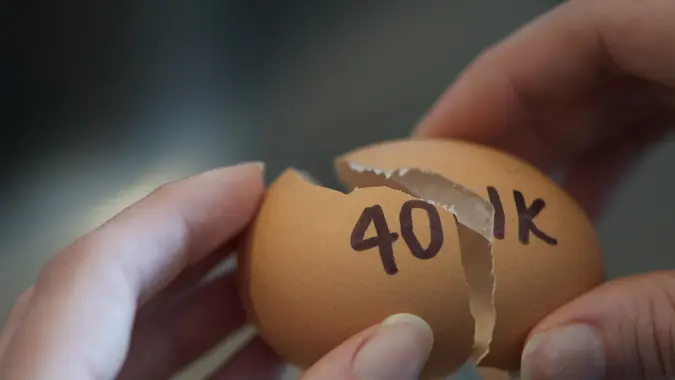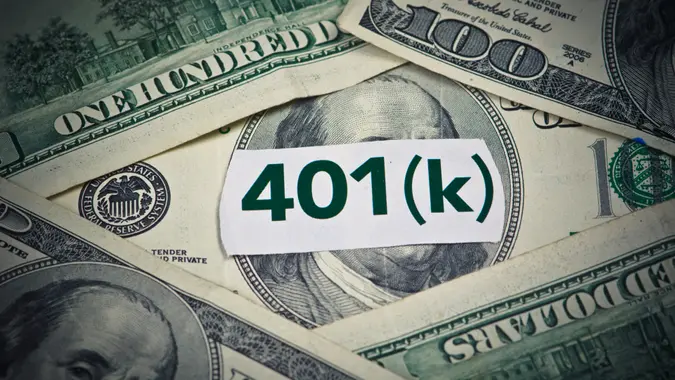Retirement: These Seniors Must Begin Taking Required Minimum Distributions by April 1

Commitment to Our Readers
GOBankingRates' editorial team is committed to bringing you unbiased reviews and information. We use data-driven methodologies to evaluate financial products and services - our reviews and ratings are not influenced by advertisers. You can read more about our editorial guidelines and our products and services review methodology.

20 Years
Helping You Live Richer

Reviewed
by Experts

Trusted by
Millions of Readers
Most Americans who turned 72 during the last six months of 2021 must begin receiving payments from Individual Retirement Arrangements (IRAs), 401(k)s and similar retirement plans by April 1.
In a March 25 notice, the IRS sent out a reminder about the payments, called required minimum distributions. RMDs are the retirement account withdrawals you must take when you reach a certain age. They are typically made by the end of the year.
However, anyone who turned 72 after June 30, 2021, is covered by a special rule that lets IRA account owners and participants in workplace retirement plans wait until as late as April 1, 2022, to take their first RMD. The April 1 rule applies to IRA owners and other participants in these plans who were born after June 30, 1949.
The April 1 RMD deadline only applies to the required distribution for the first year you have to take it, the IRS said. For all subsequent years, the RMD must be made by December 31. This means that if you turned 72 after June 30, 2021, and received your first RMD on or before April 1, 2022, you must make a second RMD by December 31, 2022.
The required distribution rules apply to owners of traditional, SEP and SIMPLE IRAs while the original owner is still alive. They also apply to participants in workplace retirement plans such as 401(k), 403(b) and 457(b) plans. RMDs don’t apply to Roth IRAs.
The April 1 deadline is mandatory for all owners of traditional IRAs and most participants in workplace retirement plans, but not all. Some people with workplace plans can wait longer to receive their RMDs.
For example, most participants who are still working for an employer can wait until April 1 of the year after they retire to start receiving these distributions, as long as their workplace plan allows. This RMD exception does not apply to everyone, however, so check with your employer, plan administrator or provider to see if you qualify. You can also visit the RMD FAQs page on IRS.gov to learn more.
 Written by
Written by 

























